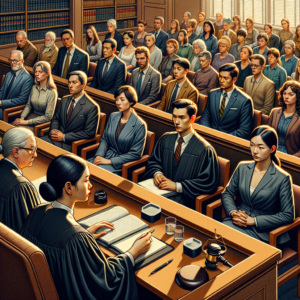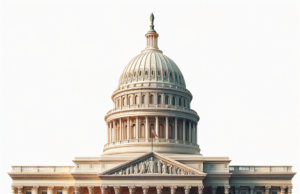Stunning Gun and Ganja Bust: Authorities Uncover Major Criminal Operation
In a significant breakthrough for law enforcement agencies, a major criminal operation involving the illegal trafficking of firearms and marijuana was dismantled in a coordinated effort that has sent shockwaves through the community. The operation, which spanned several months, culminated in a series of arrests and the seizure of a substantial cache of weapons and drugs. This bust not only highlights the ongoing challenges posed by organized crime but also raises critical questions about public safety and the effectiveness of current drug policies.
Overview of the Recent Gun and Ganja Bust by Law Enforcement Agencies
In a meticulously planned operation, law enforcement agencies from multiple jurisdictions collaborated to dismantle a sophisticated criminal network involved in the distribution of illegal firearms and marijuana. The bust, which occurred last week, resulted in the seizure of over 100 firearms and approximately 1,500 pounds of marijuana, valued at an estimated $3 million. Authorities described the operation as one of the largest of its kind in recent years, emphasizing the scale and organization of the criminal enterprise. The successful execution of the operation underscores the commitment of law enforcement to combat the proliferation of illegal weapons and drugs that threaten community safety.
Details of the Operation: Timeline and Key Events Leading to the Bust
The operation began several months ago when intelligence reports indicated a surge in gun violence and drug-related incidents in the area. Undercover agents initiated surveillance on suspected individuals and locations linked to the criminal network. Over the course of several weeks, law enforcement gathered crucial evidence, including wiretaps and surveillance footage, which revealed the extent of the operation’s reach. The culmination of these efforts occurred on a single day when simultaneous raids were executed at multiple locations, leading to the arrests of several key figures within the organization. The operation was executed with precision, minimizing risks to the public and ensuring the safety of the officers involved.
Profiles of the Suspects Involved in the Major Criminal Operation
Authorities have identified several individuals as key players in the criminal operation. The primary suspect, a 35-year-old man with a history of drug offenses, is believed to have orchestrated the trafficking network. His associates, including a 28-year-old woman and two men aged 30 and 32, have also been arrested. Investigators revealed that these individuals had established a complex distribution system, utilizing various methods to transport and sell illegal firearms and marijuana across state lines. The suspects are known to have connections to other criminal organizations, raising concerns about the broader implications of their activities on regional crime rates.
The Impact of the Bust on Local Communities and Public Safety
The recent bust has been met with relief by local residents and community leaders, who have long expressed concerns about the rising tide of gun violence and drug-related crime in their neighborhoods. Community organizations have praised law enforcement for their efforts, emphasizing the importance of such operations in restoring safety and order. However, some residents have also voiced concerns about potential retaliatory actions from remaining members of the criminal organization. The operation’s success is seen as a crucial step towards reclaiming public spaces and fostering a safer environment for families and children.
Legal Consequences: Charges Faced by the Arrested Individuals
The arrested individuals are facing a range of serious charges, including possession of illegal firearms, trafficking of controlled substances, and conspiracy to distribute drugs. If convicted, they could face lengthy prison sentences, with some charges carrying mandatory minimum sentences. Prosecutors have indicated that they will pursue the maximum penalties allowed under the law, reflecting the severity of the offenses and the potential threat posed by the criminal operation. Additionally, law enforcement is continuing to investigate possible connections to other criminal activities, which could lead to further charges against the suspects.
Future Implications for Law Enforcement and Drug Policy Reform
The successful bust has sparked renewed discussions about the effectiveness of current drug policies and the ongoing challenges faced by law enforcement in combating organized crime. Experts suggest that while aggressive enforcement actions are necessary, there is also a pressing need for comprehensive drug policy reform that addresses the root causes of addiction and criminal behavior. This incident may serve as a catalyst for policymakers to consider alternative approaches, including harm reduction strategies and community-based interventions, to tackle the complex issues surrounding drug use and trafficking. As law enforcement agencies continue to adapt to evolving criminal tactics, the need for collaboration and innovative solutions will be paramount in ensuring public safety.
The recent gun and ganja bust represents a significant victory for law enforcement agencies in their ongoing battle against organized crime. While the immediate impact on public safety is evident, the broader implications for drug policy and community well-being remain to be fully explored. As authorities continue to address the challenges posed by illegal firearms and drug trafficking, the lessons learned from this operation will undoubtedly shape future strategies and initiatives aimed at fostering safer communities.



















